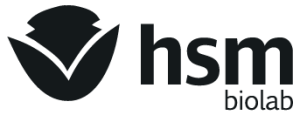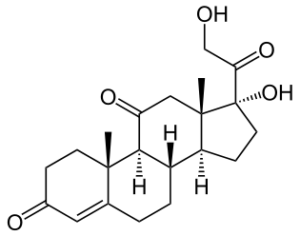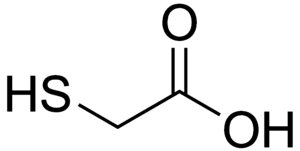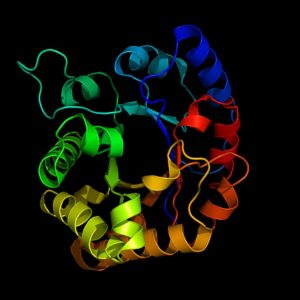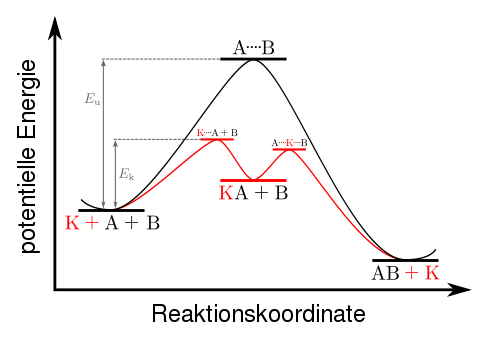Fruit acid cures - what do they do?
What are fruit acids?
The word fruit acid is a collective term for fruit occurring acids, such as e.g. Malic acid, citric acid, oxalic acid, lactic acid, salicylic acid and tartaric acid[1].
What are fruit acids chemical?
The fruit acids used for cosmetics and medicine are so-called α-Hydroxycarbonsäurennenn, dicarboxylic acids or the β-hydroxycarboxylic acid salicylic acid. The α means here that a hydroxy group (-OH) sits on the same carbon as the carboxy group (-COOH), the β that it sits on the second carbon neighbors of the carboxy group. Heirbei can also be distinguished from mono-, di- and tricarboxylic acids, it is e.g. Glycolic acid is a monocarboxylic acid, tartaric acid is a dicarboxylic acid and citric acid is a tricarboxylic acid. The difference here is the number of carboxy groups. In addition, there are aromatic carboxylic acids such as salicylic acid or mandelic acid. Since they are all acids they have a low pH, similar to our skin, but they are not rudimentary as strong as other acids, e.g. Mineral, sulfuric or nitric acid. Salts of fruit acids are used as an acidifier, citric acid also as a preservative [2].
How does a fruit acid treatment work?
In a conventional exfoliation, the top skin layer is rubbed off by mechanical means, e.g. By sugar or salt crystals. In a fruit acid peeling, a mixture of different fruit acids, with a low pH, is applied to the skin, where it is rapidly absorbed into the skin. The fruit acids then denature the peptides in the outermost layer of skin, whereupon the middle skin layer separates them, and even more blood is supplied. The removal of the uppermost layer of skin smoothes the skin, and the increased circulation of the middle skin layer contributes to the rapid regeneration of the skin. Used properly, symptoms such as acne, blackheads, wrinkles and pigmentation can be effectively resolved[3].
What do you have to consider?
You have to prepare properly for a fruit acid peel, and also pay attention afterwards to some things, so that it works properly, and no side effects occur. On the one hand, you should prepare the skin a few days before with lower concentrations of fruit acids to the low pH of the fruit acid cure. Also, you should pay attention afterwards, not to apply too greasy creams, and definitely to use a UV protection. At what intervals and how many sessions a cure is carried out is quite individual, and therefore different from person to person, so you should seek advice from experts[4].
Sources:
Wikipedia[1][2]
Scientific Article on Alpha Hydroxycarboxylic Acids[3][4]
